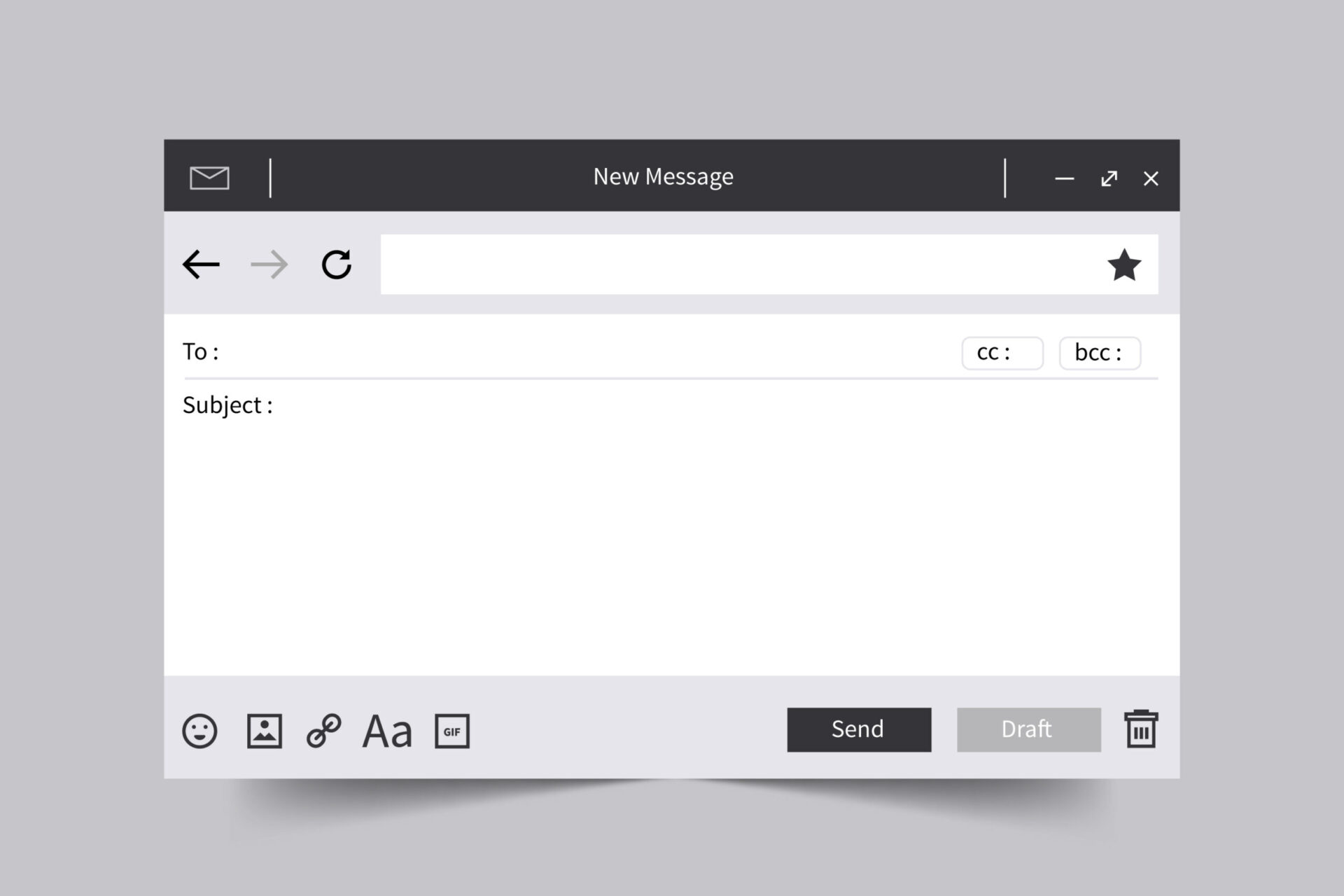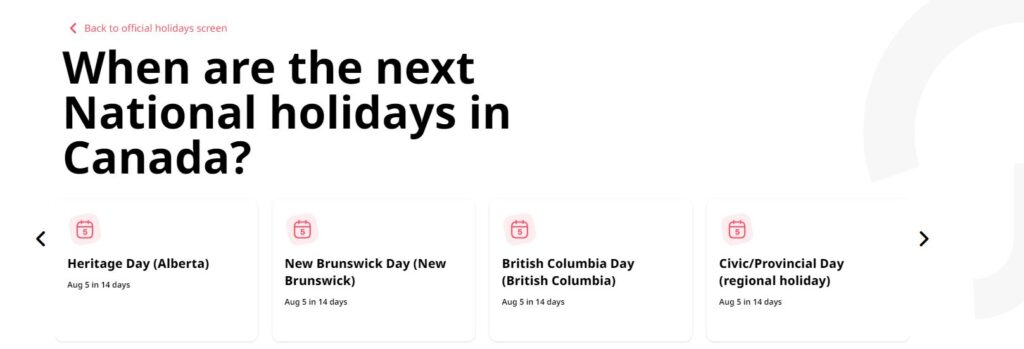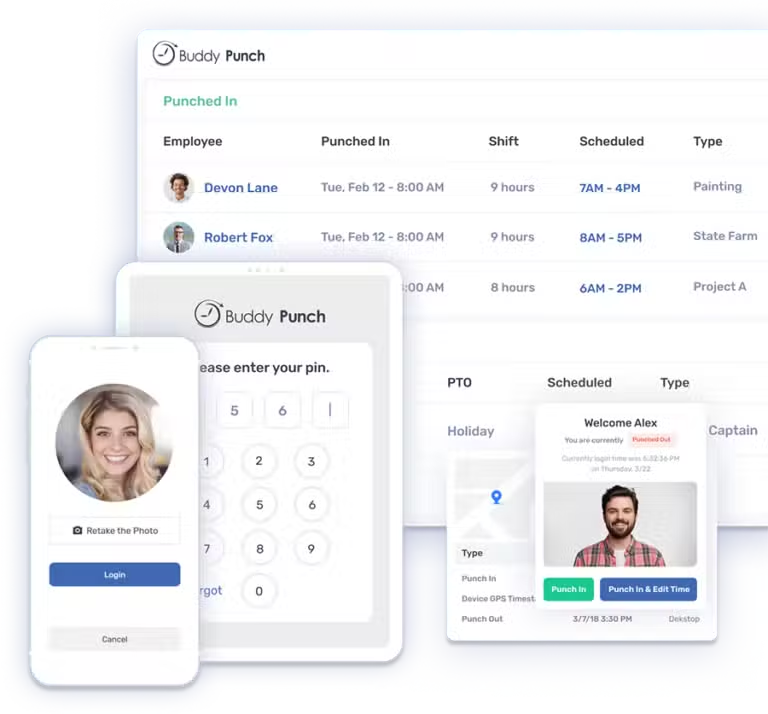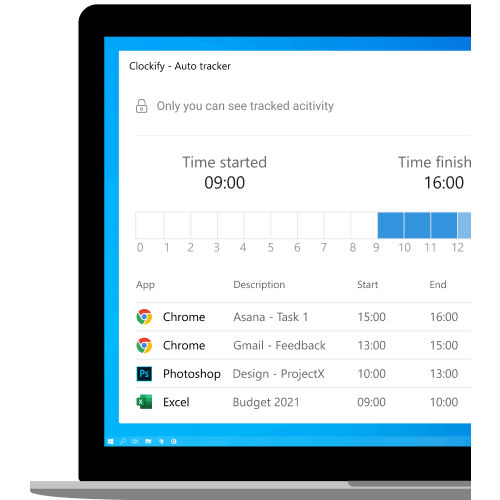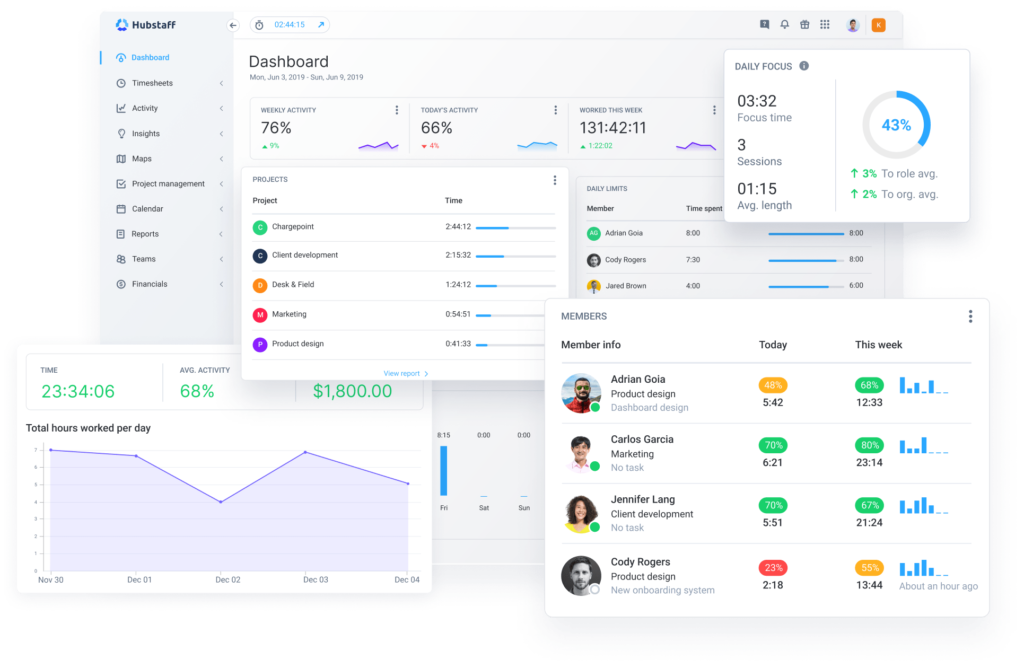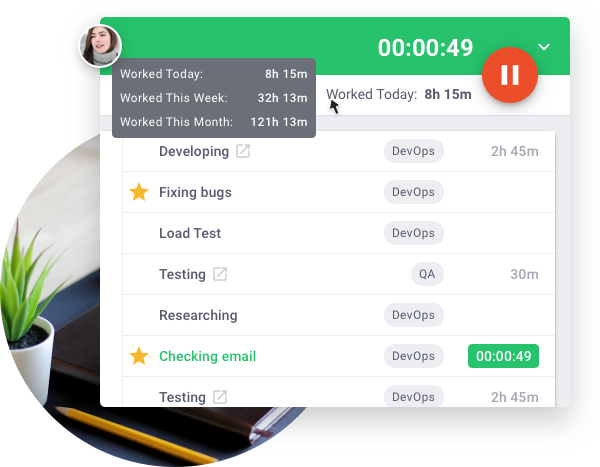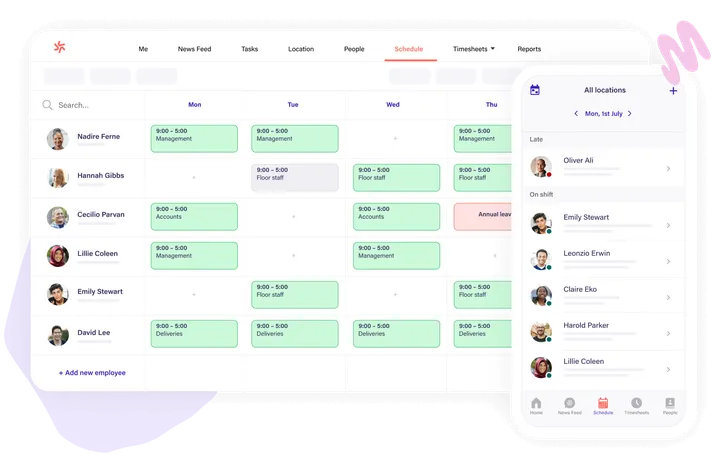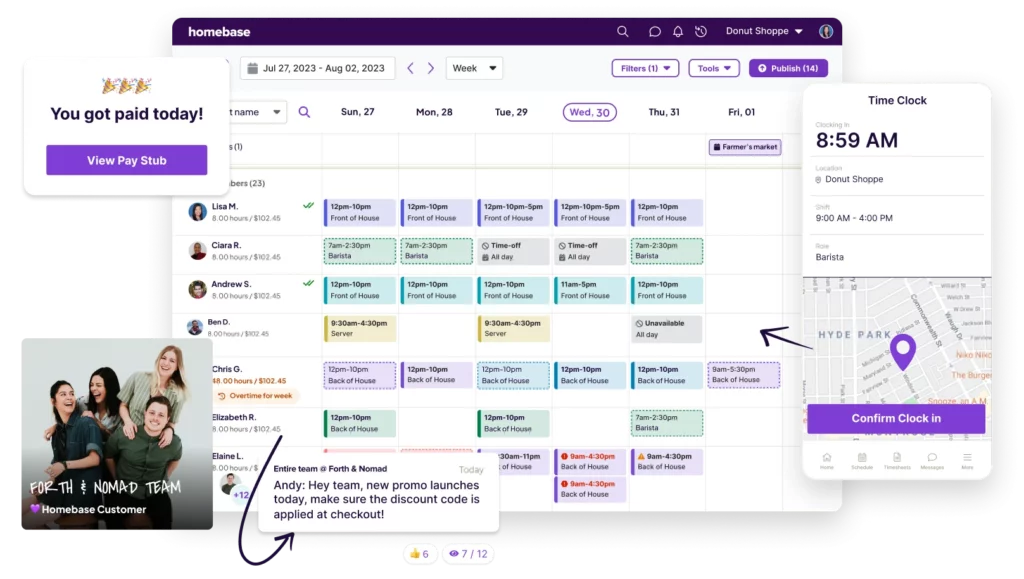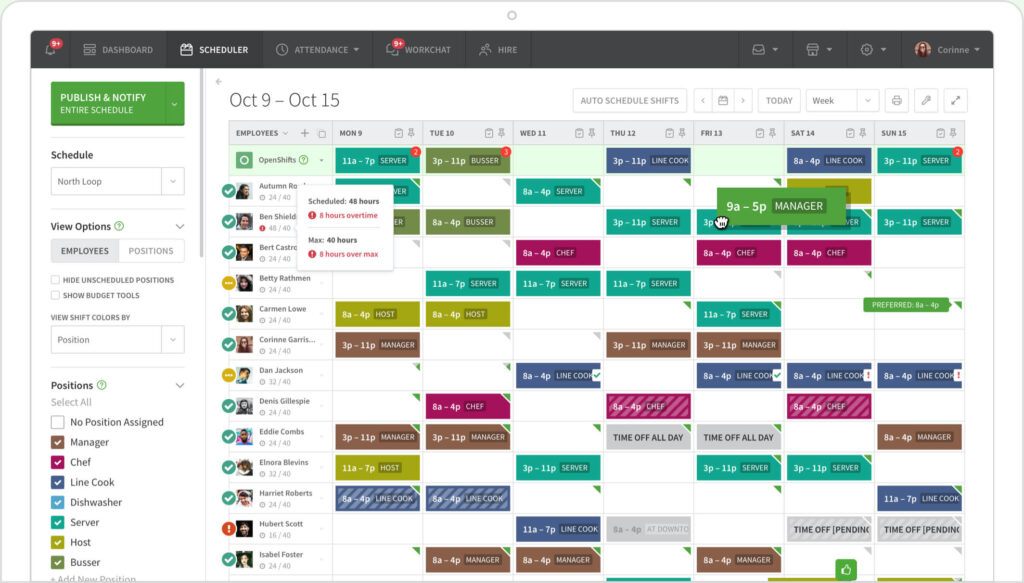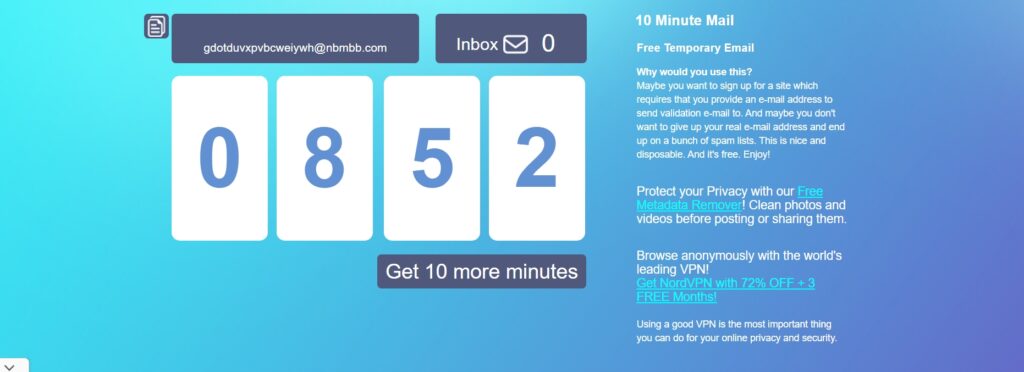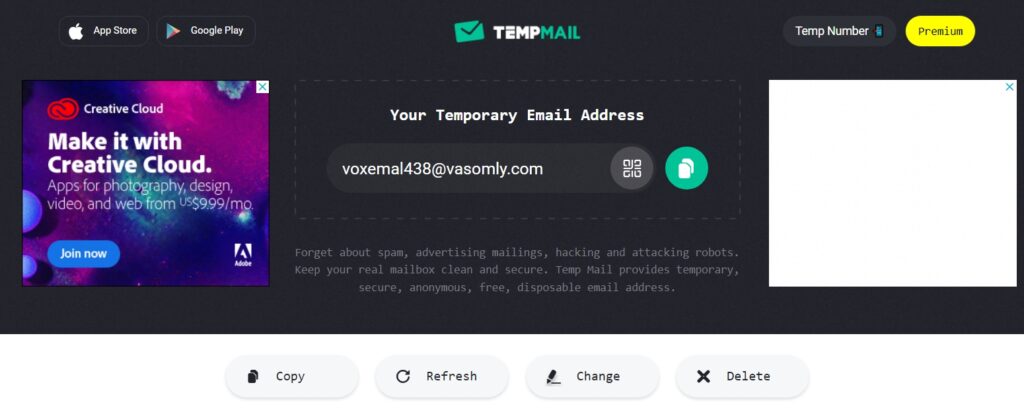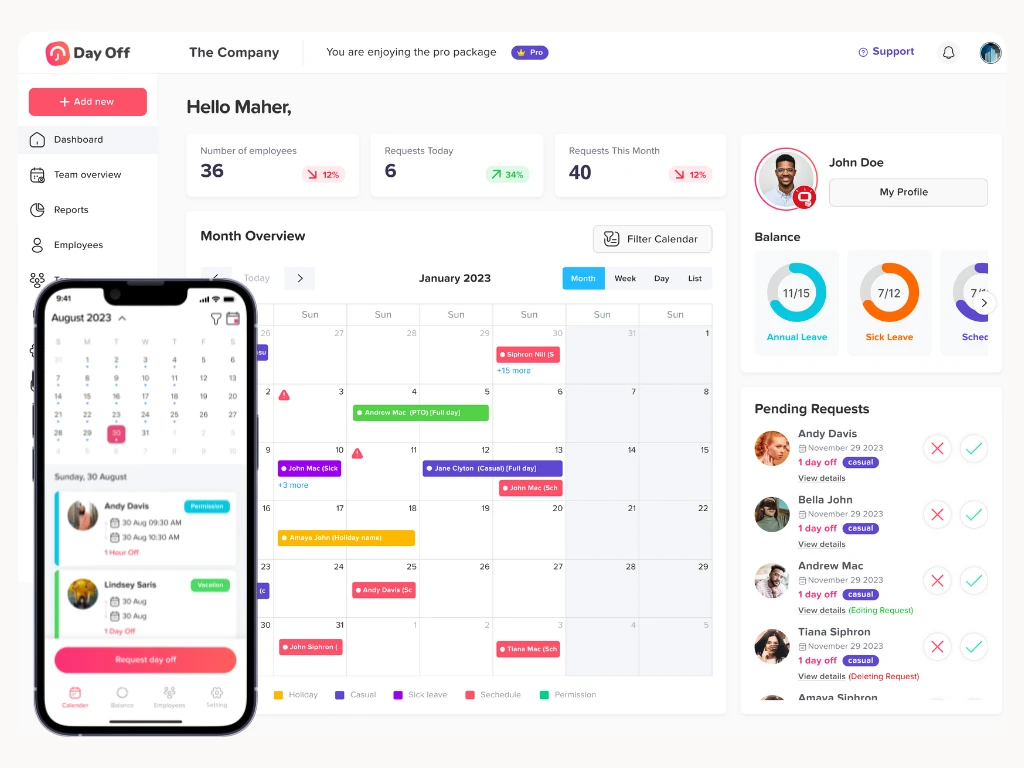Requesting Paid Time Off (PTO) and leave management is an essential part of maintaining a healthy work-life balance. Whether you’re planning a vacation, attending a family event, or simply need a break to recharge, a well-crafted PTO request email ensures your time off is smoothly approved and minimally disruptive to your team. Here’s a comprehensive guide on how to write an effective PTO request email, along with examples.
Understand Your Company’s PTO Policy
Before drafting your PTO request email, familiarize yourself with your company’s PTO policy. This includes the number of days you’re entitled to, any blackout periods, and the preferred process for submitting requests. Knowing these details will help you avoid any misunderstandings or breaches of protocol.
Choose the Right Time to Send Your Request
Timing is crucial when requesting PTO. Ideally, submit your request well in advance, especially for extended periods. Consider the current workload, upcoming projects, and your team’s schedule to ensure your absence won’t create significant challenges.
Use a Clear and Professional Subject Line
Your PTO request email subject line should be straightforward and indicate the purpose of your message. Examples include:
- “PTO Request for [Your Name] – [Dates]”
- “Request for Paid Time Off – [Your Name]”
- “Vacation Request – [Your Name] – [Dates]”
Start with a Polite and Professional Greeting
Address your email to your direct supervisor or the person responsible for approving PTO requests. It’s essential to use a formal greeting, such as “Dear [Supervisor’s Name],” or “Hello [Supervisor’s Name],”, to maintain professionalism and respect. By addressing the appropriate individual directly and using a courteous salutation, you set the right tone for your request and demonstrate your consideration for the approval process.
Clearly State Your Request
In the opening paragraph, get straight to the point. Mention the specific dates you’re requesting off and the reason for your PTO (if you’re comfortable sharing). Be concise but informative.
Example:
“I am writing to request PTO from [start date] to [end date]. During this period, I plan to [briefly mention reason, e.g., take a family vacation, attend a wedding, etc.].”
Highlight Your Preparedness
Demonstrate that you’ve thought about how your absence will affect your team and show your commitment to minimizing any disruption. Mention any steps you’ve taken to prepare for your time off, such as delegating tasks or ensuring projects are on track.
Example:
“I have ensured that my current projects are up-to-date, and I will complete [specific tasks] before my departure. Additionally, I have spoken with [colleague’s name] to cover any urgent issues that may arise in my absence.”
Offer Contact Information
If necessary, provide a way to be reached during your PTO for urgent matters. This reassures your supervisor that you’re still accessible if needed.
Example:
“Should any urgent matters arise, I will be available via email or phone. My contact number is [your phone number].”
Express Gratitude
End your email with a polite thank you, expressing appreciation for considering your request.
Example:
“Thank you for considering my PTO request. Please let me know if you need any additional information.”
Close with a Professional Sign-Off
Use a formal closing to end your email, such as “Sincerely,” or “Best regards,” followed by your full name. This maintains a professional tone and provides a clear and respectful sign-off. Including your full name ensures there is no confusion about the sender, especially in larger organizations.
Example PTO Request Emails
Example 1: Simple PTO Request
Subject: PTO Request for Jane Doe August 15-19
Dear Mr. Smith,
I am writing to request PTO from August 15th to August 19th. During this period, I plan to take a family vacation.
I have ensured that my current projects are up-to-date and will complete all pending tasks before my departure. Additionally, I have arranged with John Doe to cover any urgent issues that may arise in my absence.
Should any urgent matters arise, I will be available via email or phone. My contact number is 555-1234.
Thank you for considering my PTO request. Please let me know if you need any additional information.
Best regards,
Jane Doe
Example 2: Detailed PTO Request
Subject: Request for Paid Time Off, John Smith
Hello Ms. Brown,
I hope this email finds you well. I am writing to request paid time off from September 10th to September 14th to attend a family wedding out of state.
I have prepared a detailed handover document and briefed my colleague, Sarah Johnson, to ensure that all critical tasks are managed smoothly in my absence. Additionally, all my current projects are on track, and I will complete the quarterly report before my departure.
I will have limited access to my email during this period but will check periodically for any urgent issues. For immediate concerns, I can be reached at 555-6789.
Thank you for considering my request. Please let me know if you need any further information or if there are any concerns.
Sincerely,
John Smith
Template 3: Short Notice PTO Request
Subject: Urgent PTO Request for [Your Name] [Dates]
Dear [Supervisor’s Name],
I hope this message finds you well. I am writing to request PTO from [start date] to [end date] due to unforeseen circumstances. I apologize for the short notice, but I need to attend to an urgent personal matter.
I have coordinated with [colleague’s name] to handle my responsibilities in my absence. I will ensure that all critical tasks are completed by [specific date], and I will be reachable via phone and email for any urgent issues.
Thank you for your understanding and consideration.
Best regards,
[Your Name]
Template 4: PTO Request for Medical Reasons
Subject: Medical PTO Request for [Your Name] [Dates]
Hello [Supervisor’s Name],
I am writing to inform you that I need to take medical leave from [start date] to [end date] for a scheduled medical procedure and recovery. I have attached a note from my doctor confirming the required leave period.
I have updated [colleague’s name] on my current projects and tasks to ensure continuity during my absence. I will complete all critical assignments before my leave starts and will be available for any urgent queries via email.
Thank you for understanding and supporting my need for medical leave.
Sincerely,
[Your Name]
Template 5: PTO Request for Mental Health
Subject: PTO Request for Mental Health [Your Name] [Dates]
Dear [Supervisor’s Name],
I hope you are doing well. I am writing to request PTO from [start date] to [end date] to focus on my mental health. I believe this time off will help me return to work more focused and productive.
I have discussed my workload with [colleague’s name], who has agreed to cover my responsibilities while I am away. I will ensure all urgent tasks are completed and provide detailed handover notes.
Thank you for considering my request. Please let me know if you require any additional information.
Best regards,
[Your Name]
Template 6: PTO Request for Family Event
Subject: PTO Request for [Your Name] [Dates]
Hello [Supervisor’s Name],
I am writing to request PTO from [start date] to [end date] to attend a significant family event. This time off is important for me to spend with my family and celebrate this special occasion.
I have planned my work accordingly and briefed [colleague’s name] to handle any urgent matters in my absence. I will complete all essential tasks before my departure and remain reachable via email for any critical issues.
Thank you for your understanding and support.
Sincerely,
[Your Name]
Template 7: PTO Request for Personal Development
Subject: PTO Request for [Your Name] [Dates]
Dear [Supervisor’s Name],
I am writing to request PTO from [start date] to [end date] to attend a personal development course that I believe will enhance my skills and contribute positively to our team.
I have arranged for [colleague’s name] to cover my duties while I am away, and I will ensure that all my projects are up-to-date before I leave. I will also check my email periodically and be available for any urgent matters.
Thank you for considering my request. I look forward to applying my new skills upon my return.
Best regards,
[Your Name]
Template 8: PTO Request for Extended Leave
Subject: Extended PTO Request for [Your Name] [Dates]
Hello [Supervisor’s Name],
I hope you are well. I am writing to request an extended period of PTO from [start date] to [end date] to [briefly state reason, e.g., travel abroad, take a sabbatical, etc.].
I have discussed my plans with [colleague’s name], who has agreed to cover my responsibilities during this time. I will complete all high-priority tasks and provide comprehensive handover notes to ensure a smooth transition.
I will remain available via email for any critical issues that may arise during my leave.
Thank you for your consideration and support.
Sincerely,
[Your Name]
FAQ: Common Questions About Writing a PTO Request Email
How far in advance should I request PTO?
It’s best to request PTO as far in advance as possible. A general rule of thumb is at least two weeks for shorter absences and a month or more for extended leave. However, check your company’s specific policy, as it may have particular guidelines regarding advance notice.
What if my PTO request overlaps with a critical project deadline?
If your PTO request overlaps with a critical project deadline, make sure to discuss this with your supervisor and team as early as possible. Outline a plan to ensure project continuity, such as delegating tasks, completing as much work as possible before your leave, and arranging for a colleague to handle any urgent issues in your absence.
Can I take PTO during a busy season or blackout period?
Most companies have blackout periods or busy seasons when PTO requests are generally not approved. It’s crucial to be aware of these periods and plan your time off accordingly. If you have an urgent or unavoidable need to take time off during such periods, discuss your situation with your supervisor and explain the reasons for your request.
How should I handle my PTO request if I’m new to the company?
As a new employee, it’s important to first understand your company’s PTO policy and any probationary period that might affect your eligibility for taking time off. When requesting PTO, explain the situation to your supervisor and show your commitment to minimizing disruption to your work responsibilities.
Is it necessary to explain the reason for my PTO request?
While it’s not always necessary to explain the reason for your PTO request, providing a brief explanation can be helpful. It allows your supervisor to understand the importance of your request and can sometimes facilitate the approval process. However, if the reason is personal, it’s perfectly acceptable to simply state that it is for personal reasons.
What should I do if my PTO request is denied?
If your PTO request is denied, calmly ask for feedback on why it was not approved. This can help you understand the reasoning and plan better for future requests. You might also discuss alternative dates or consider if there’s a way to adjust your plans to accommodate both your needs and the company’s requirements.
How do I follow up on a PTO request if I haven’t received a response?
If you haven’t received a response to your PTO request within a reasonable timeframe (e.g., a week), send a polite follow-up email. Reiterate your request and kindly ask for an update on the status. Your follow-up can be concise, such as:
“Dear [Supervisor’s Name],
I hope this message finds you well. I wanted to follow up on my PTO request submitted on [date]. I am looking forward to your approval and am happy to provide any additional information if needed.
Thank you for your time and consideration.
Best regards, [Your Name]”
Can I request PTO for partial days or specific hours?
Yes, many companies allow employees to request PTO for partial days or specific hours, depending on their policy. In your email, be clear about the exact dates and times you need off and mention any arrangements you’ve made to cover your responsibilities during that period.
How should I handle urgent or last-minute PTO requests?
For urgent or last-minute PTO requests, communicate the situation to your supervisor as soon as possible. Apologize for the short notice, explain the urgency, and detail how you plan to manage your responsibilities during your absence. Providing as much information and preparation as possible can help facilitate approval.
What if I need to extend my PTO while I’m already on leave?
If you need to extend your PTO while already on leave, contact your supervisor immediately. Explain the situation and provide a new return date. Ensure that any necessary arrangements are made to cover your responsibilities during the extended period. A well-prepared and honest approach will help in managing the situation smoothly.
Conclusion
Taking time off is an important part of maintaining a healthy work-life balance. Paid Time Off (PTO) allows employees to rest, recharge, and take care of personal needs without losing income. Understanding how PTO works, especially when it comes to requesting time off or getting paid for unused days, is essential for both employees and employers.
For employees, being familiar with your company’s PTO policies and your state’s laws can help you plan your time off more confidently. Knowing how much PTO you’ve earned, when you can use it, and whether it will be paid out if you leave your job prevents misunderstandings and helps you make the most of your benefits. When requesting PTO, communicate clearly with your manager or HR team, give as much notice as possible, and be considerate of your team’s workload. This not only makes approval easier but also shows professionalism and respect for your coworkers’ time.
